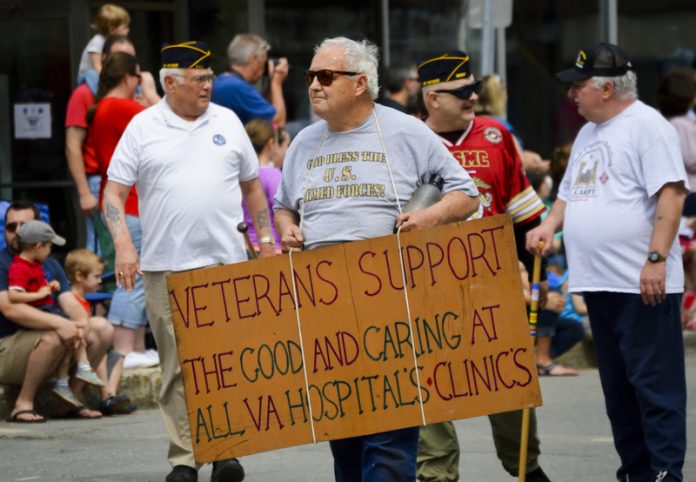The past few years, the Veterans Administration has been dogged by substantial deficiencies in the quality of care provided to our veterans. To make matters worse, there have been documented efforts by leaders of healthcare organizations in the VA to change or cover up the deficient care. VA administrators have come and gone, but not one of those leaders have been able to get a handle on this struggling organization.
Evaluating and Rating the Care in Veterans Hospitals
The VA published a report at the end of the year touting an 82% improvement among their facilities in 2016. The organization uses a comprehensive performance improvement tool referred to as Strategic Analytics for Improvement and Learning (SAIL). On the surface, an 82% improvement is respectable. But when you dig in and look at it, things are still pretty rough when it comes to the care of our veterans. SAIL is designed to include actionable metrics that are important to assess healthcare delivery and quality. However, many of these metrics are not publicly reported by other hospitals and systems. Therefore, it is not appropriate to directly compare evaluation findings derived from SAIL with other systems published by public and private sectors. Instead, SAIL is developed for the VA to drive internal system-wide improvement.
A Little Bit of the History
The first federal agency to provide medical care to veterans was the Naval Home in Philadelphia, Pennsylvania. The home was created in 1812 and was followed by the creation of Soldiers’ Home in 1853 and St. Elizabeth’s Hospital in 1855. Congress created the National Home for Disabled Volunteer Soldiers in 1865 in response to the high number of Civil War casualties. These homes were initially intended to be room and board for disabled veterans. However, by the late 1920s, the homes were providing a level of care comparable to hospital care.
Doing the Right Thing for Those Who Served
We have an obligation, as a country, to provide the highest level of quality of care for those who have served and sacrificed. Healthcare delivery in this country has made continuous improvement in quality of care delivered to patients and there is no reason why the VA cannot to the same. As a matter of fact, the VA should be setting the standard for delivery of healthcare.
U.S. Department of Veterans Affairs, Quality of Care, End of Year Hospital Star Rating FY 2016 https://www.va.gov/qualityofcare/measure-up/End_of_Year_Hospital_Star_Rating.asp
Veterans Advocate: VA Hospitals’ ‘Improvement’ Doesn’t Tell The Whole Story, M.D. Kittle, WisconsinWatchdog.org http://watchdog.org/285229/va-veterans-health-care/














